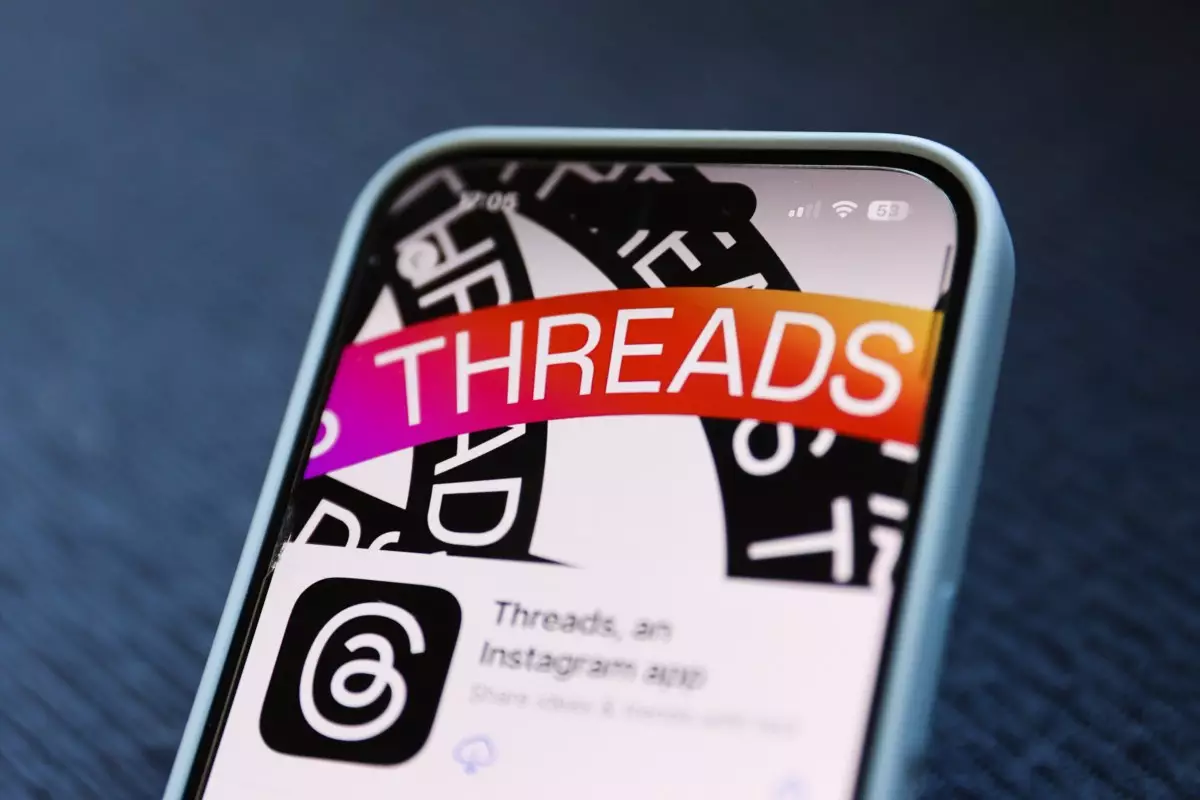Threads, the social media platform introduced by Instagram, is constantly evolving to enhance user experience. Recently, the platform unveiled a new feature that dramatically alters how photos and videos can be reshared. The traditional method of quote-posting, which often cluttered feeds with unnecessary commentary, is being replaced by a streamlined approach dubbed “Use media.” This feature aims to simplify the resharing process, allowing users to effortlessly repost visual content while still attributing the original creator. However, the introduction of this tool raises questions about user control and content ownership in an era defined by rapid content dissemination.
A Simpler Approach for Creative Expression
Adam Mosseri, head of Instagram, announced this new resharing capability, emphasizing its potential to foster creativity among users. By allowing individuals to directly share media files, coupled with their personalized commentary, Threads hopes to contribute to an engaging and vibrant community. The process is straightforward: users can long-press on any media or click the repost button to access the “Use media” feature. This is a significant improvement from earlier methods that often alienated users seeking a quick and efficient way to participate in trending discussions.
Yet, while the feature is designed for ease of use, it’s essential to evaluate if it effectively promotes genuine creativity. The structure of allowing users to create new narratives around reshared content could encourage uninspired content generation, where users rely on existing media to stimulate engagement rather than creating authentic posts. This risk of derivative creativity poses an important consideration for the platform moving forward.
Despite the benefits of this new reshare feature, not all feedback has been overwhelmingly positive. Some creators expressed concerns regarding their content being reshared without explicit consent, raising issues of ownership and authenticity. The ability of others to potentially divert attention and traffic away from original creators could undermine the very essence of artistic integrity that platforms like Threads aim to support. In response to these valid criticisms, Threads has indicated that users can opt out of media reuse within the app’s settings, a seemingly adequate answer to growing tensions over content ownership.
This counteraction, while addressing some concerns, doesn’t fully mitigate the implications of widespread media sharing on the platform. Creators may still feel hesitant about posting their content in an environment where reuse is prevalent. The challenge lies in balancing community interaction and respect for individual creators’ rights—an issue that often plagues social media networks as they continue to scale.
Threads’ new resharing mechanism reflects a broader trend in social media toward maximizing engagement through simplified content sharing. While the feature encourages creative participation, it also necessitates thoughtful discourse on user rights and content ownership. The road ahead for Threads will depend on its ability to engineer a platform that not only invites sharing but also safeguards the interests of its creators. As the platform continues to roll out this feature, it remains to be seen how effectively it will reconcile these competing priorities and the long-term implications for its user community.

